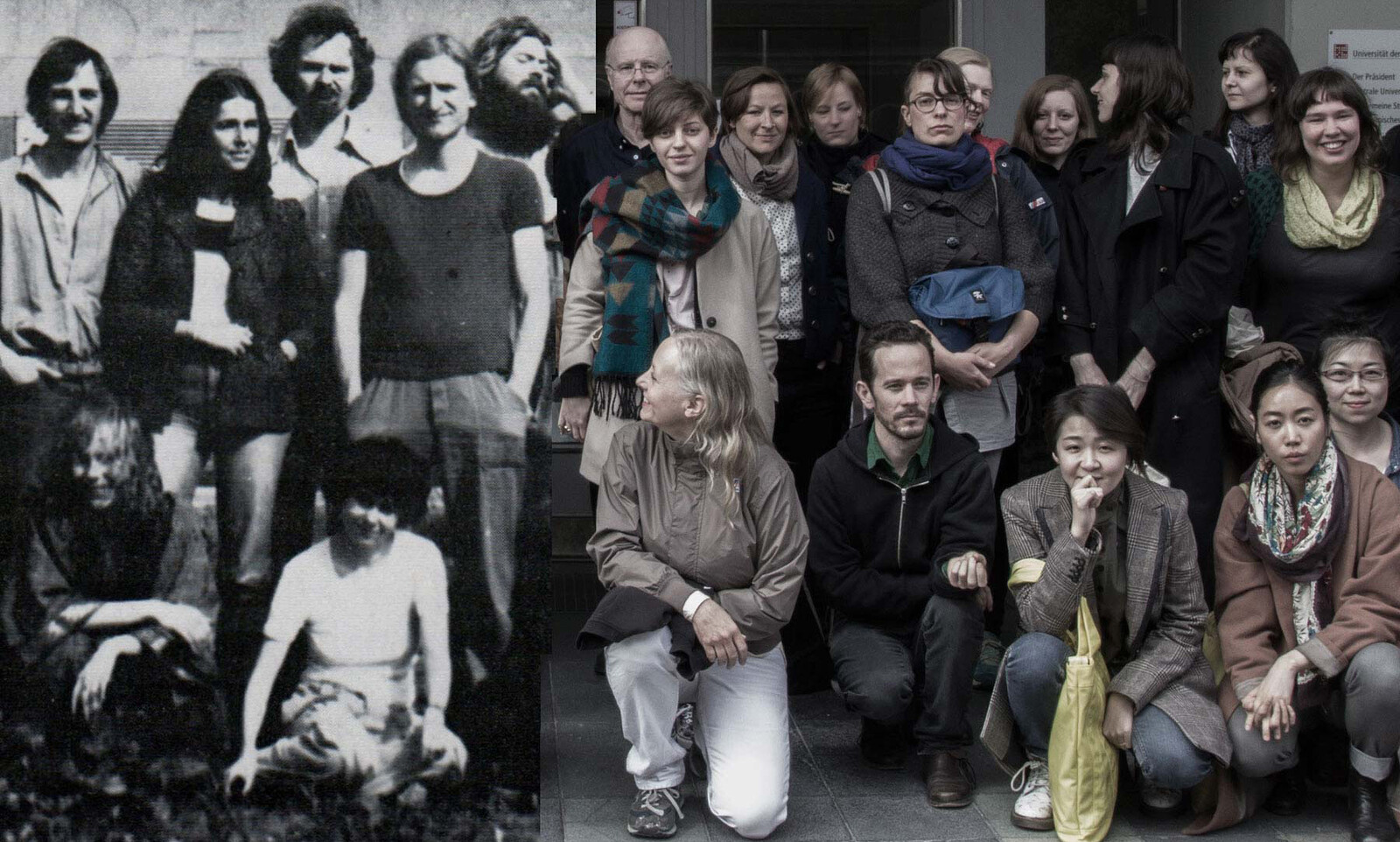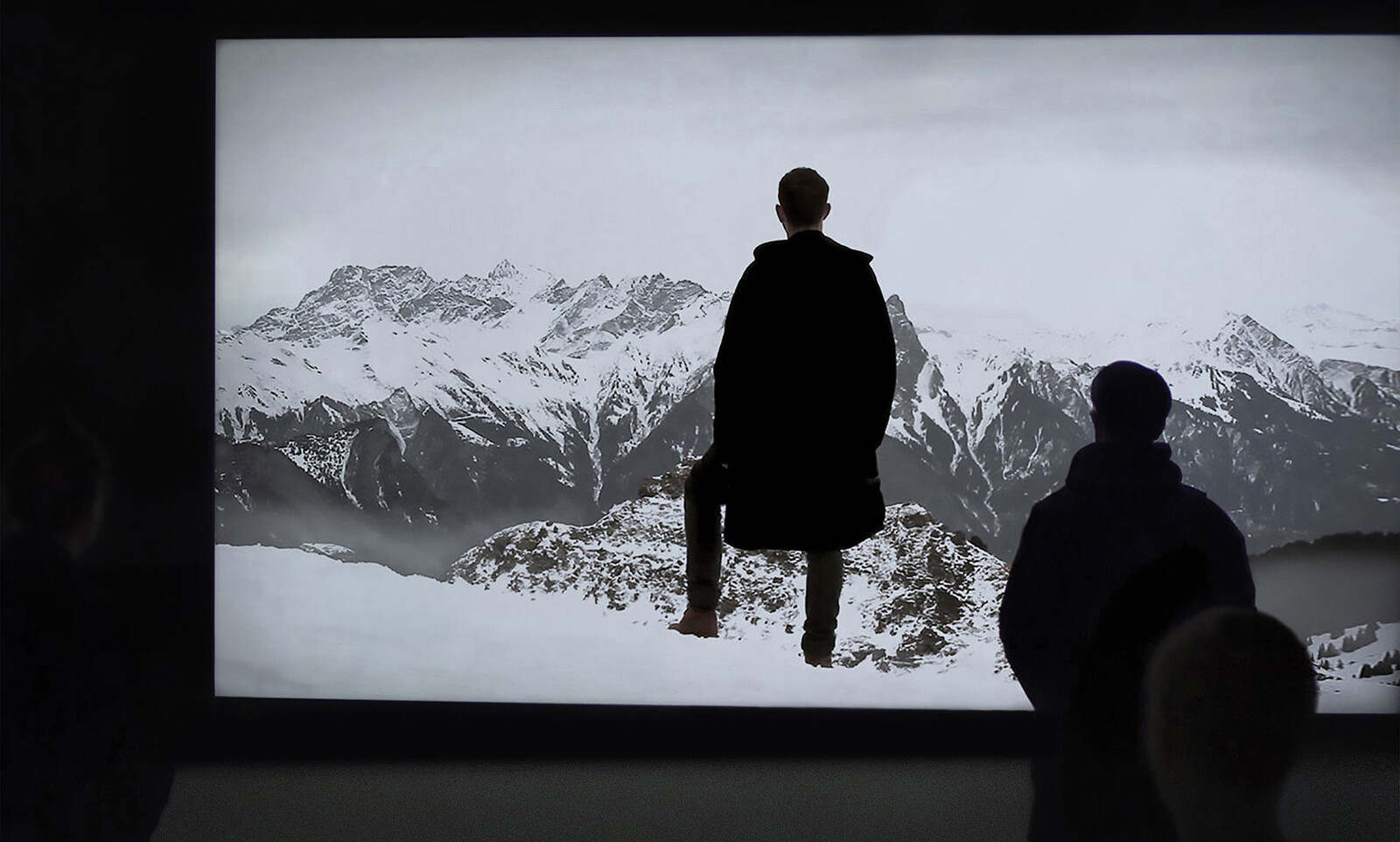The Institute for Art in Context at the University of the Arts in Berlin offers artists and other cultural producers an opportunity to reconsider their creative practices through broader political, social, and economic circumstances. With a combination of theory and practice, the program encourages students to engage with topics ranging from everyday banalities to political urgencies. Art in Context thus prepares students to diversify their skill set for financial self-reliance, to identify truths within “post-fact” politics, and to critically examine the legacy of German institutions following World War II and reunification. After four full-time or six part-time semesters, students can expect to leave the Art in Context program with an MA and the ability to think and work between disparate fields and modes of creative production. Karen Archey spoke with Art in Context director Prof. Dr. Jörg Heiser about the unique nature of the program and how to prepare students for work and life after school.
Karen Archey: Could you describe the structure of the Art in Context program? How does it relate to the University of the Arts’ other offerings? Who is the program for, and what level of professional experience is suggested of students before applying?
Jörg Heiser: Art in Context is a postgraduate master’s course offering artists, but also architects and designers, the opportunity to learn practical skills and theory so that they can venture into other creative fields as artists. It’s a nonconsecutive program, meaning we suggest that applicants have a minimum of one year of work experience outside of art school. Whether you want to develop a practice as a curator or critic, or as a researcher on social media or imagery in natural science, or as a specialist in approaches to public art and cultures of commemoration, or if you want to work with social groups in schools or hospitals or refugee shelters, or if you simply want to confront your genuine artistic practice with regard to these different aspects of society, we try to assist you in shaping a specific approach to these practices, rather than providing a prescriptive, one-size-fits-all master’s. Art in Context is an institute that is part of the College of Fine Arts at University of the Arts, and as such it offers numerous possibilities to interact and collaborate with other institutes in the college and the university.
KA: What is the age range of students? How many students are enrolled in the program? Is instruction in German?
JH: We have around eighty students in the program, with around thirty new ones joining each year. As the students already have a degree—whether it’s a BA, MA, diploma, or Meisterschüler—their ages range from mid-twenties to mid-thirties, but, it’s also possible for older practicing artists to enroll. The student body is very international and diverse; about 70 percent is not from Germany, with students from South America, the Middle East, and Eastern Asia forming a substantial part of the student body. Classes are primarily in German, although of course we often discuss English-language sources. It is advisable to have at least a sort of basic knowledge of German in the beginning and language courses can be taken at the university so students can achieve a C1 proficiency.
KA:What sort of assignments are expected from students? You’ve mentioned to me before that the program’s term papers are not meant to summarize seminars but to encourage individual production.
JH: At the core of the Art in Context program are three projects: the “small,” the “big,” and the master’s project. Each student’s projects can take all sorts of different forms, whether clearly as a work of art accompanied by a paper reflecting on the work, or as a more scholarly work with artistic aspects, or as a “genuine” piece of scholarly research. In addition to those projects, in each seminar we expect active participation including the occasional presentation or summary paper. We try to strike a productive balance between what you would expect of an art program, such as group critiques and feedback on artistic production, and of a scholarly program in the humanities where research, writing, and presentation skills are developed and knowledge expands into different scholarly debates and readings. Or, simply put: we try to strike a productive balance between practical and theoretical work.
KA: Given that students are meant to have a year of professional experience, do you consider Art in Context to professionalize artists? How does the program compare to a more traditional MFA?
JH: I hesitate to use “professionalization,” as it comes with a lot of neoliberal baggage, turning the idiosyncratic or experimental aspect of artistic practice into something that needs to be controlled and managed, which is clearly not what we want to effect. That said, we do want to enable students to engage on an even level with professionals in other fields, whether with art historians or sociologists or medical scientists. We also want to enable them to support themselves as transdisciplinary artists. Our students are accomplished artists adding certain sets of skills and knowledge to their practices, and in that sense, yes, it’s a form of professionalization. We want to create a productive tension between the kind of experimental freedom expected of a good MFA program, and the scholarly purposefulness and lucidity expected of a program in the humanities.
KA: When was the program founded? What is its intellectual history?
JH: In 2018, Art in Context will celebrate its fortieth anniversary. Initially a pilot project in the late 1970s organized as “Künstlerweiterbildung,” or Artists’ Advanced Training, its emphasis was largely on artists working in adult vocational training, community work, and with school kids and teenagers. While we haven’t abandoned these concerns, the Art in Context program, formally established in 2002, has broadened its approach to include aspects usually associated with cultural studies or visual culture disciplines, and to consider the increasingly important questions of how contemporary art institutions function as aggregators of cultural conceptions and knowledge.
KA: What is the relationship of the program with the city of Berlin?
JH: First of all, Berlin has developed dramatically over the last three decades as an international art center. Before the fall of the Berlin Wall in 1989, the perspective of the institute was a very specific West Berlin one. Then in the 1990s, many predominantly West German artists and intellectuals moved to Berlin. And then, from the early and mid-2000s, artists from all over the world chose to make Berlin their second (or first) home. Meanwhile, the city’s institutional landscape hasn’t always kept up with this rapid development, but that said, there are many opportunities to work with different types of institutions here.
The Charité teaching hospital is a good example, in that it is an institution with a long and important history—it even has its own museum. However, the darker parts of the history of Charité, namely its involvement with the Third Reich in committing crimes against humanity such as fascist, state-sponsored euthanasia, await to be addressed in terms of commemorative concepts on the Charité campus. My colleague Wolfgang Knapp co-initiated a project in collaboration with Charité that addresses this lack of commemoration. The project is still evolving, though numerous symposiums and exhibitions already haven taken place. Another example is what lecturer Kristina Leko has developed with Art in Context students in the town of Bernau, just outside Berlin. They’ve initiated a case model for how “new genre public art” can be developed in direct exchange with a community, in this case one not least stricken by the aftermath of German reunification including the effects of the resultant urbanization and demographic changes.
KA: Considering the increasing prevalence of populist politics and the degradation of education in what has been called our “post-fact era,” how and what do you teach students to work in such an environment?
JH: Last semester, I taught a seminar called “Art at Times of Post-Truth Politics.” When I had planned it in the summer of 2016, I could not have anticipated how urgent the matter would become after Brexit and the US election. In that seminar, we looked both at current journalism, unpacking the questions around fake news and falsehoods and so on, and also at theorists like Hannah Arendt and her analysis of lies as a political tool, or Bruno Latour and his observation from the early 2000s that “critique has run out of steam.” An important part of what the students did in that seminar was to conduct research themselves, whether it was to fact-check Adam Curtis’s latest film HyperNormalisation (which proved to be shockingly incorrect in many ways) or to examine the history of online memes, and the white supremacist hijacking of the concept.
In December, we organized a symposium entitled “Turning the Tide” which brought together artists and scholars from the US and different European countries—the UK, Poland, Italy, the Netherlands, France, Germany etc.—to discuss the parallels and differences between these countries in terms of the rise of far-right populism.
KA: Given that financial precarity has become a fact of life for so many young people, cultural producers in particular, how do you prepare your students for their self-preservation as artists and in their everyday life?
JH: One of the first things that some teachers tell their students at the beginning of their studies is that only a small fraction of them will actually be able to support themselves as artists. Whether you consider this a cruel or a wise thing to say, it’s probably true. Our program is geared towards artists who do have professional aspirations with their artistic practice but are also not willing to put all their eggs in one basket, i.e., a classic art-market, gallery-world career. Many—I would say most of our students—do have a regular exhibition and art production practice, so to be clear, we do anything but discourage it. That said, we do want to help students to make themselves not totally dependent on the often erratic ways of the art market. With the Art in Context program, they can add skills that enable them to support themselves through work in other fields—without denying or neglecting their artistic perspective. It actually enables them to become less dependent on any one single source to develop their work and livelihood. And what really makes that more likely to happen is that Art in Context is free!
—Karen Archey




